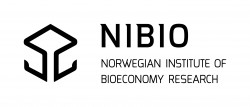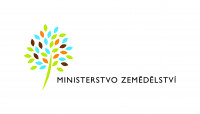Irrigation with Treated Wastewater as an Alternative Nutrient Source (for Crop): Numerical Simulation
From a global perspective, drought is a well-known manifestation of climate change. The search for alternative sources of water also brings uncertainties and risks, for example, in relation to wastewater irrigation. We asked ourselves whether and how supplemental irrigation with pre-treated wastewater would affect the subsoil or groundwater quality. We constructed semi-operational models that were loaded with wastewater in a controlled manner over three years of observations. Ammonium nitrogen pollution is one of the monitored parameters in wastewater discharge. In specific situations and under strict operating conditions, it can be assumed that ammonia nitrogen may not be a significant problem for groundwater. Already at a depth of 0.5 m below ground level, the average nitrogen levels are below 0.02 mg/L at an irrigation rate of approximately 15.5 mm/day. When monitoring total phosphorus, these values are reduced with more variability—depending on the plant species at the surface, ranging from 0.17 to 0.95 mg/L. The measured values are used to calibrate the numerical model, or to determine the reaction parameters that enter the governing equation to describe the distribution of the solution in the soil environment. The results show an acceptable compliance between the model and real measurements, it will be possible to use them in practice for the design of wastewater irrigation systems.
HYÁNKOVÁ, E.; KRIŠKA-DUNAJSKÝ, M.; ZEDNÍK, O.; CHALOUPKA, O.; PUMPRLOVÁ NĚMCOVÁ, M. Irrigation with Treated Wastewater as an Alternative Nutrient Source (for Crop): Numerical Simulation. Agriculture, 2021, roč. 11, č. 10, s. 1-20. ISSN: 2077-0472.
























